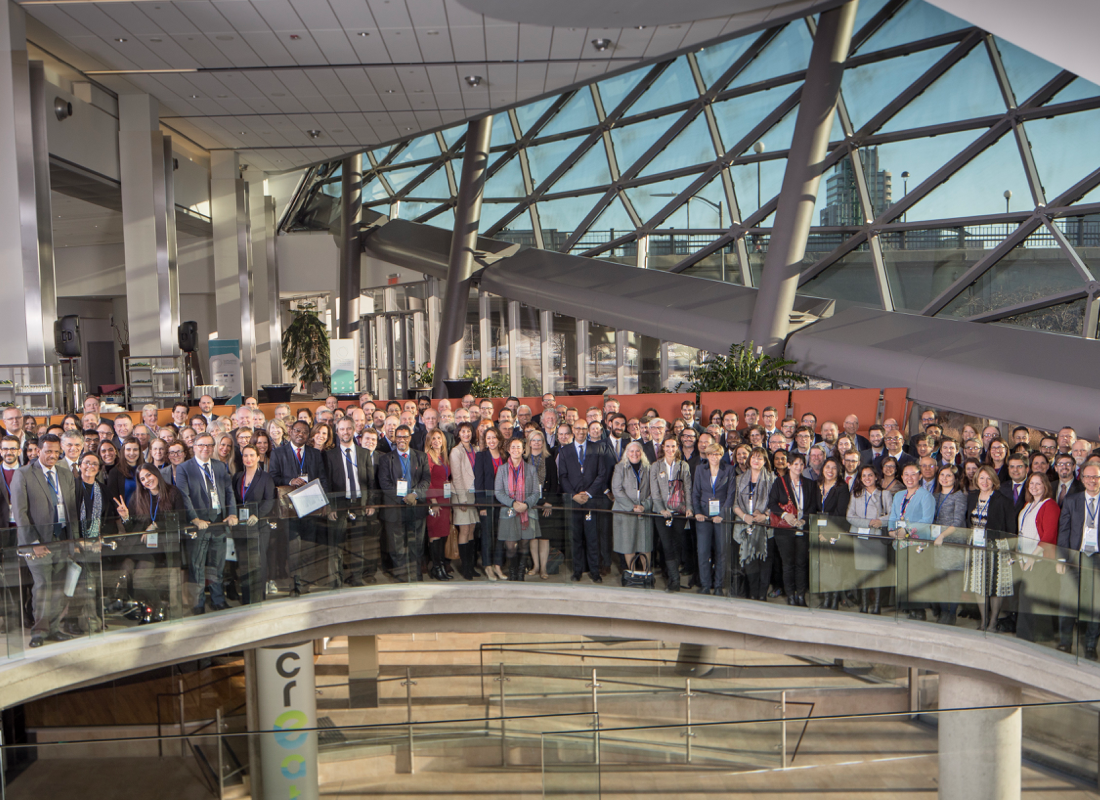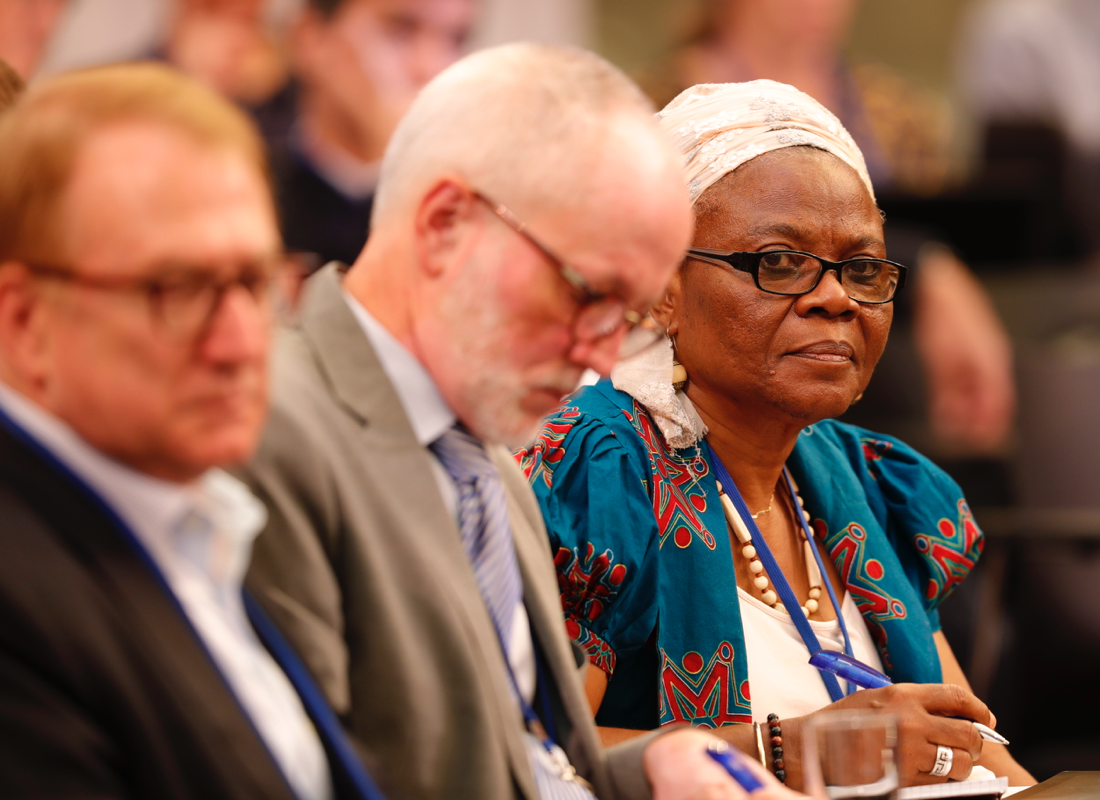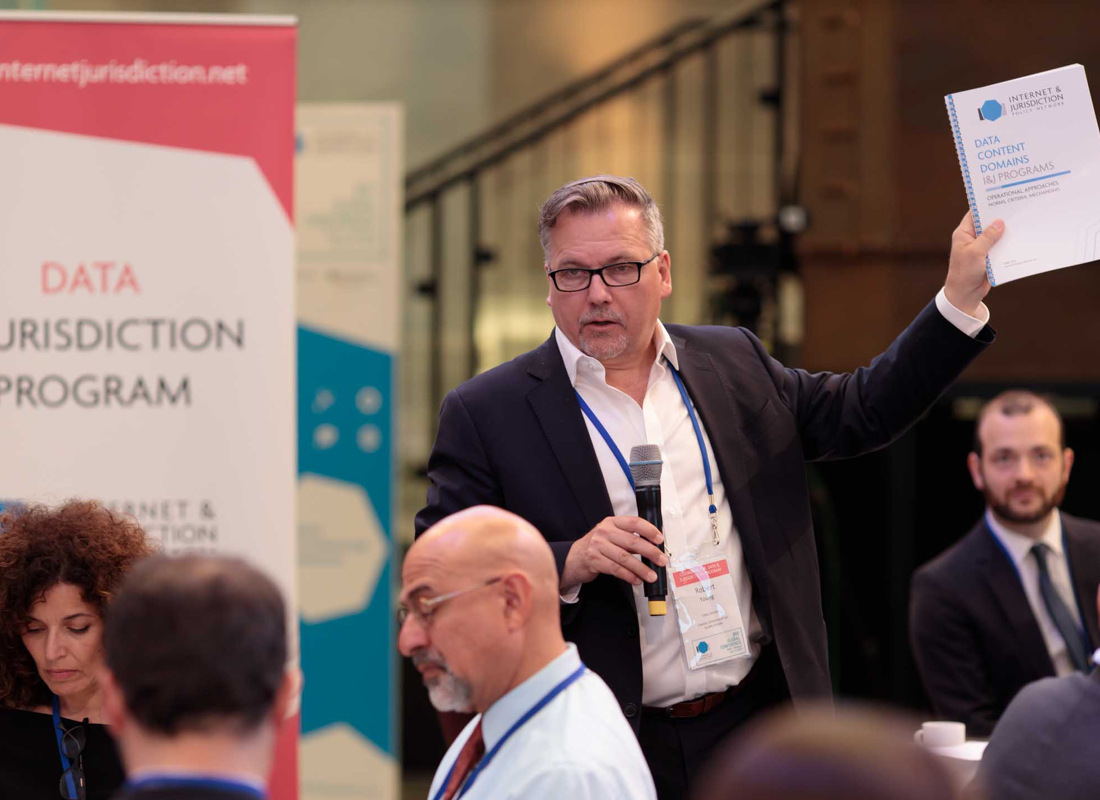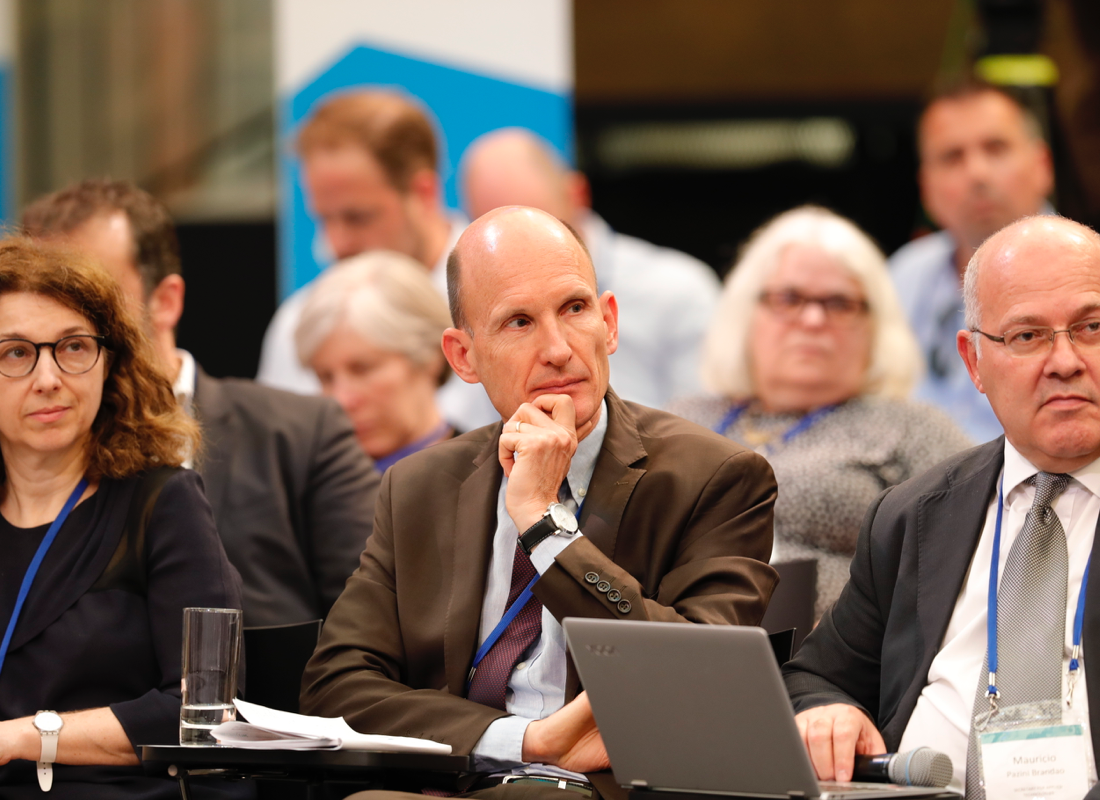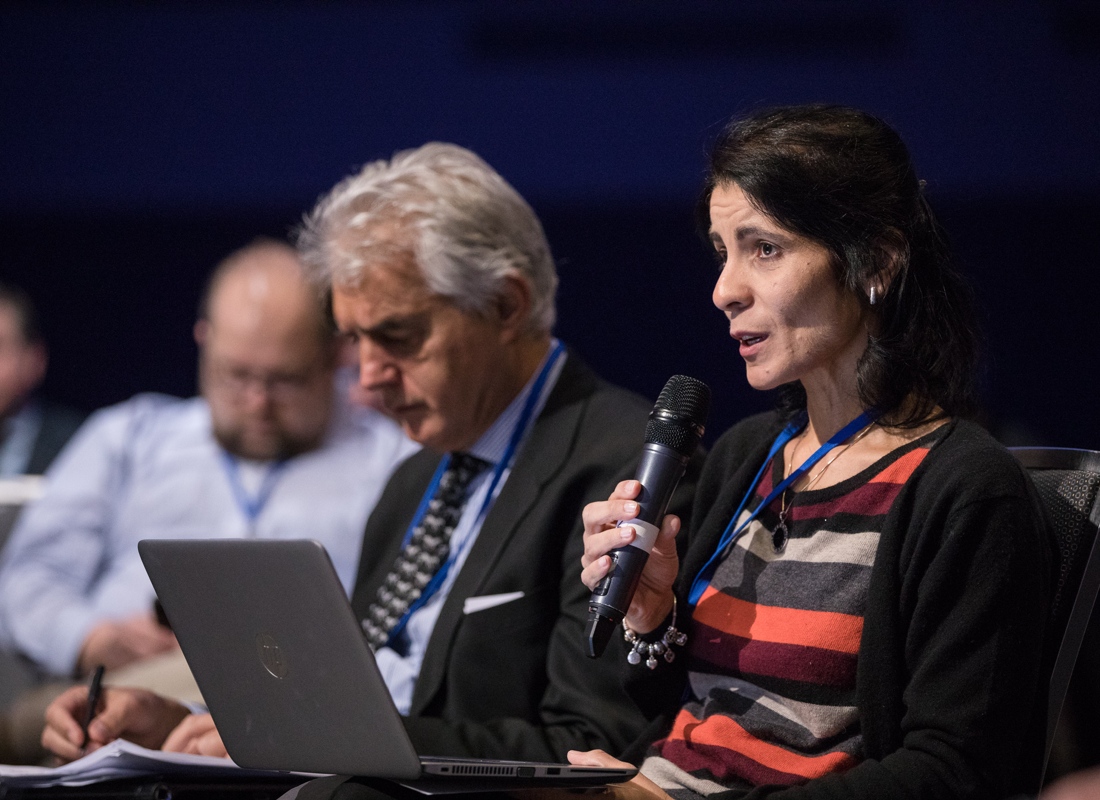At the 1st Global Conference of the Internet & Jurisdiction Policy Network in 2016, stakeholders highlighted the risk of a legal arms race resulting from the uncoordinated and unrestrained application of territoriality. In this context, stakeholders identified three very concrete cross-border legal challenges that traditional modes of international cooperation struggle with.
Since then, a selected set of global actors from governments, internet companies, technical operators, civil society, leading universities, and international organizations have worked together in 3 Programs addressing:
Cross-border access to electronic evidence / DATA & JURISDICTION PROGRAM
Criminal investigations increasingly require access to user information stored by service providers outside of the investigating country. Yet, existing systems for cross-border access to such data are under stress or provide limited procedural guarantees. New regimes are needed to ensure transnational due process, efficiency, and avoid data localization.
Content moderation and restrictions / CONTENT & JURISDICTION PROGRAM
Content posted on the internet is globally accessible by default, but it can be deemed illegal or harmful in light of human rights standards, national laws, or companies’ terms of service. Growing concern regarding the diversity of abuses forces actors to redefine their respective responsibilities in identifying such content, evaluating the balance between rights and harm, and choosing proportionate action, with proper avenues for recourse.
DNS-level action to address abuses / DOMAINS & JURISDICTION PROGRAM
Suspension of a Domain Name has a global impact and is only justified if a sufficient threshold of harm is met. It is essential to clearly identify when and under which procedural conditions action at the DNS level is appropriate to address abuses on underlying sites.
The Internet & Jurisdiction Policy Network strives to foster a new approach to transnational policy-making. Its innovative methodology engages diverse actors to collectively develop solutions to the problems they face.
History of the Internet & Jurisdiction Programs
Published on

